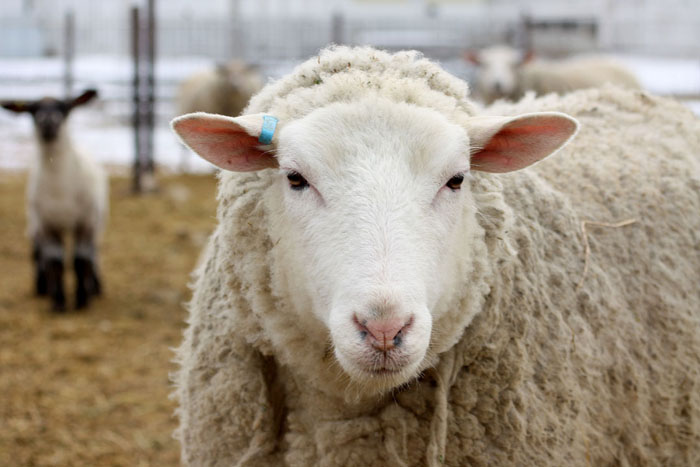A protein found in egg white could be used to help control the spread of bluetongue, say scientists from The Pirbright Institute in Surrey. Bluetongue affects livestock including sheep (which are most severely affected), cattle and goats along with wild animals such as deer.
The virus that causes the disease is spread mainly by Culicoides biting midges. Pirbright scientists, working with weather experts at the Met Office, produce modelling maps for the UK and other governments to predict the spread of midges. However, knowledge gaps on how far and fast the insects fly means it is tricky to predict exactly how an outbreak will spread.
The use of ovalbumin, a protein in egg white, to mark insects has previously been used to track and study crop pests. The technique is sensitive enough to show if even a single insect has been exposed and enables them to be marked without the need for collection.
This research is the first to measure how many midges might travel between farms, and could help countries that are threatened by BTV to respond more rapidly in an outbreak and so control the spread of the virus.
Dr Chris Sanders from Pirbright said: “Midges are too small to track by eye or with cameras or radar technology We now have a much better understanding of the movement of the Culicoides midge species that transmits BTV and have the data we need to estimate the likely spread of the disease between farms more accurately.
“BT has a huge social and economic impact globally – the last outbreak in northern Europe, which affected in the UK in 2008, cost an estimated £800 million. As well as BTV, Culicoides biting midges also transmit other costly virus diseases such as Schmallenberg virus, which infects domestic livestock, and African horse sickness virus, which infects equine species.
There is no treatment for BT and animals can only be protected effectively by vaccination. However, there are 27 serotypes of BTV and each requires a different vaccine.
Over the past 40 years, Pirbright has helped contain and prevent outbreaks of BTV across the world. The Reference Laboratories at Pirbright receive samples from across the world, where they diagnose the emergent strain so the correct vaccine can be produced.


